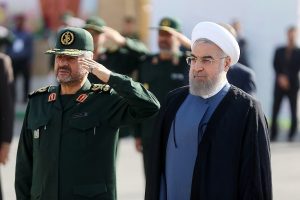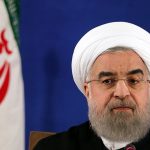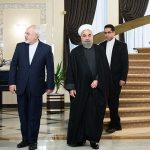Because U.S.-led sanctions freeze Iran out of many markets, the Islamic Republic is always trying to find new places to dip its fingers. At Foreign Policy, Haley Sweetland Edwards gives an interesting breakdown of Iran’s attempts to woo the countries of the Southern Caucusus — Georgia, Azerbaijan, and Armenia.
“Facing [competition with emerging regional powers and a decline in Iran’s own] regional importance — in addition to a fresh round of EU, U.S., and Kremlin-backed U.N. sanctions, internal unrest and an array of external military threats — Tehran has chosen to fight back with vigorous diplomatic campaigns in its near abroad,” Edwards writes from Tbilisi.
Iran’s outreach, as well as some Caucasian reciprocity, has been robust: They exchange envoys, President Mahmoud Ahmadinejad has traveled to Georgia, rail roads and pipelines have been proposed, Azeris and Georgians no longer need visas to travel to Iran, and trade deals, especially for energy, are always in the works.
Much of the effort is directed at keeping the countries on Iran’s northern border from “getting too chummy” with hostile nations, particularly the U.S. One Georgian executive, speaking anonymously, tells Edwards that the Iranians are clear that they don’t want any U.S. bases to their north.
But what’s going to come of all of it? Taking a rather great leap that Iran’s central fall back strategy might simply be a nuclear bomb, Edwards concludes:
The real economic and geopolitical dividends of all this Iranian diplomacy in the South Caucasus are mostly theoretical at this point. For example, an Iranian business community that has developed a taste for the lucrative transit market might act a moderating force on the Iranian government. For another, Iran’s willingness to behave diplomatically and encourage stability in the Caucasus could produce a potential backchannel through which Tehran is able to begin to soften its 30-year history of isolation from the West.
Realistically, though, that’s not likely to happen any time soon. Iran-watchers caution that Tehran’s ambition may exceed its true reach. Another east-west pipeline from Azerbaijan, through Georgia, to Turkey — from which Iran was deliberately excluded — is already in the works. Neither Moscow, which currently has a chokehold on the European gas supply, nor Washington, with its policy of containment of Iran, are likely to allow Iranian pipelines to reach Europe. Politics aside, the gas industry hardly sees Iran as a reliable supplier. And despite big talk, real economic partnerships between Iran, Armenia, and Azerbaijan are still small. In 2008, for instance, only about 1 percent of Georgian imports were Iranian.
Even if everything goes Iran’s way in the South Caucuses, it doesn’t amount to a long-term strategy for the Islamic Republic. Rapprochement with the West doesn’t seem to be in the cards, and it’s unclear how increased regional trade will counter the effects of international sanctions. If Tehran has a grand strategy, it seems to be oriented toward the acquisition of nuclear weapons. At some point, one imagines, that’s also going to have to be the subject of discussion between Iran and its neighbors.





Interesting stuff. But I’m not so sure that some form of rapprochement with the West isn’t in the cards. The tea leaves seem to be indicating otherwise.
Anyone who understands the two sentences I wrote above deserves a prize (pehaps Tom Friedman would find them clearly written). What they attempt to say is that in fact it looks like a rapprochement of some kind between Iran and the West (including America) is in fact coming. The timetable is by no means clear, but events seem to be moving in that direction. Of course the whole thing could be derailed by a sharp turn to the right in the U.S.